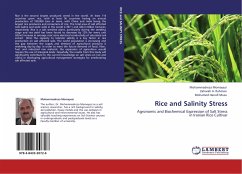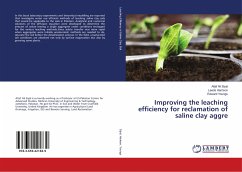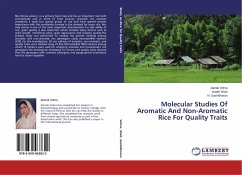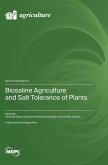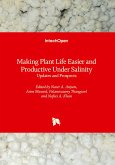Rice is the second largest produced cereal in the world. At least 114 countries grow rice, with at least 50 countries having an annual production of 100,000 tons or more, with China and India being the largest rice producers and consumers of rice. The total area of salt affected soils (saline and sodic soils) in the world is 397.1 and 434.3 million hectares, respectively. Rice is a salt sensitive plant, particularly during the seedling stage and rice yield has been found to decrease by 12% for every unit (dS/m) increase in average root zone electrical conductivity of saturated soil extract (ECe). The capacity to tolerate salinity is a key factor in rice production on salt affected soils. The world population is increasing and the gap between the supply and demand of agricultural products is widening day by day. In order to meet the future demand of food, fiber, fuel, and industrial raw material, the expansion of agriculture would require the use of marginal lands. Hopefully, the results from this study will significantly contribute to the current knowledge on salt stress on rice and useful in developing agricultural management strategies for ameliorating salt affected soils.
Bitte wählen Sie Ihr Anliegen aus.
Rechnungen
Retourenschein anfordern
Bestellstatus
Storno

